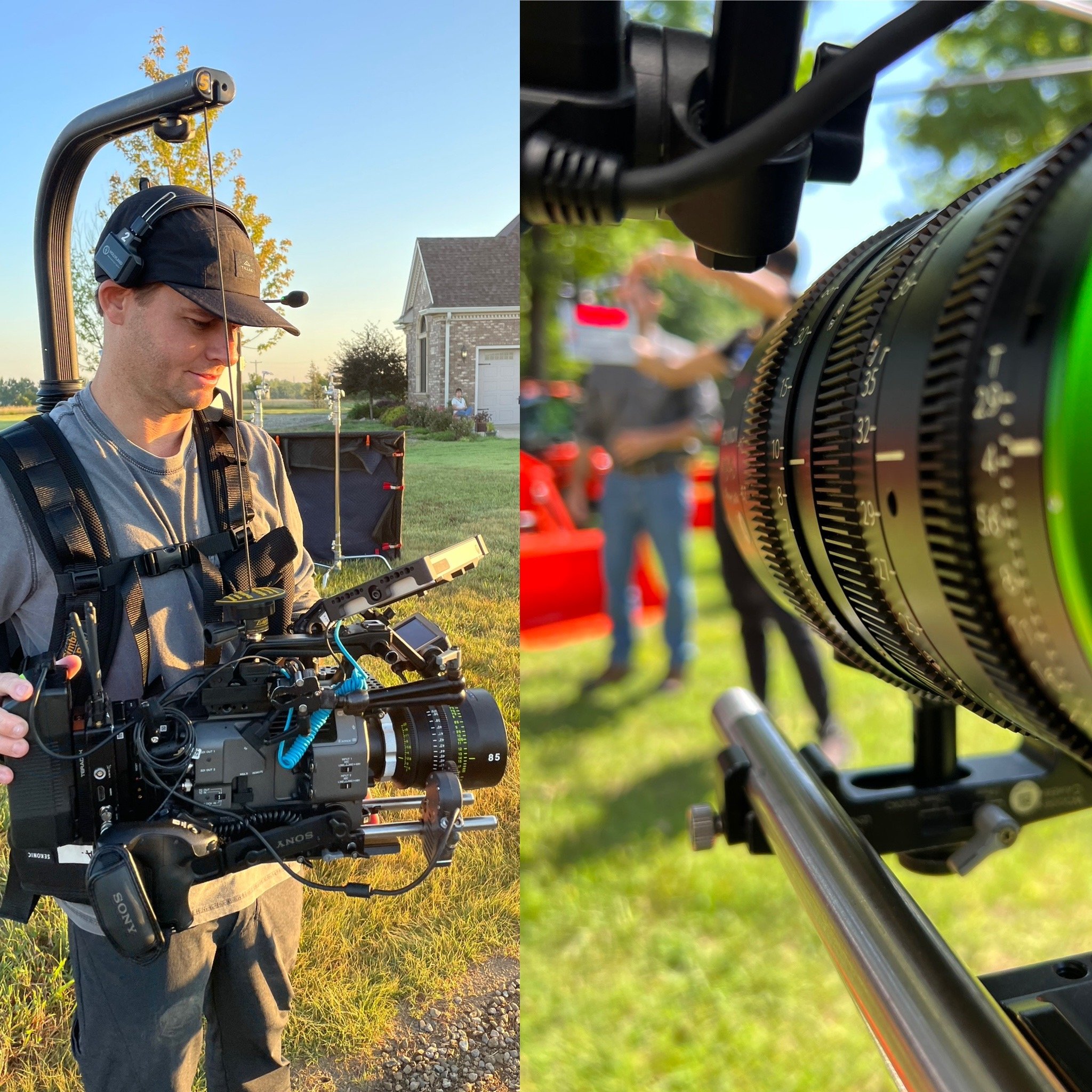The philosophy behind cinematography is a multidimensional concept that encompasses various artistic, technical, and philosophical principles. Here are some key aspects of the philosophy behind cinematography:
Visual Storytelling: At its core, cinematography is about visual storytelling. It involves using visual elements such as composition, lighting, color, movement, and framing to convey emotions, moods, and ideas to the audience. Cinematographers strive to create a visual language that complements and enhances the narrative of a film, conveying meaning through the visual elements in a deliberate and thoughtful way.
Aesthetics and Artistry: Cinematography is considered an art form, and cinematographers often approach their work with a sense of aesthetics and artistic vision. They make conscious decisions about how to frame shots, use lighting and color, and create visual compositions that are visually pleasing, impactful, and evoke emotions. Cinematographers often draw inspiration from various art forms, including painting, photography, and sculpture, to create visually compelling and meaningful images on screen.
Technical Expertise: Cinematography also involves technical expertise in using cameras, lenses, lighting equipment, and other tools of the trade. Cinematographers need to have a deep understanding of the technical aspects of their craft, including aspects such as camera angles, focal lengths, exposure, depth of field, and color grading, among others. Technical proficiency is essential for achieving the desired visual effects and conveying the intended meaning through the visual elements of a film.
Collaboration and Communication: Cinematography is a collaborative art, and cinematographers work closely with directors, production designers, costume designers, and other members of the film crew to achieve the desired visual aesthetic. Effective communication and collaboration skills are crucial for cinematographers to understand the director's vision, interpret the screenplay, and translate it into visual elements on screen. Cinematographers often need to work within the constraints of budgets, schedules, and technical limitations, while still maintaining artistic integrity.
Interpretation and Subjectivity: Cinematography involves interpreting the story, characters, and themes of a film in a visual language. Cinematographers make subjective choices about how to depict a story, and their interpretation and creative decisions shape the audience's perception and emotional response to the film. Cinematography is subjective, and different cinematographers may approach the same story or scene in different ways, based on their individual artistic sensibilities and vision.
Emotional Impact: Cinematography aims to create emotional impact and connect with the audience on a visceral level. The visual elements of a film, such as lighting, color, and composition, can evoke emotions, create mood, and intensify the storytelling experience. Cinematographers strive to create a visual language that resonates with the audience's emotions, making the viewing experience immersive and powerful.
In summary, the philosophy behind cinematography encompasses visual storytelling, aesthetics, technical expertise, collaboration, interpretation, subjectivity, and emotional impact. Cinematographers approach their craft as an art form that involves creative choices, technical skills, and meaningful communication with the audience, contributing to the overall cinematic experience.

